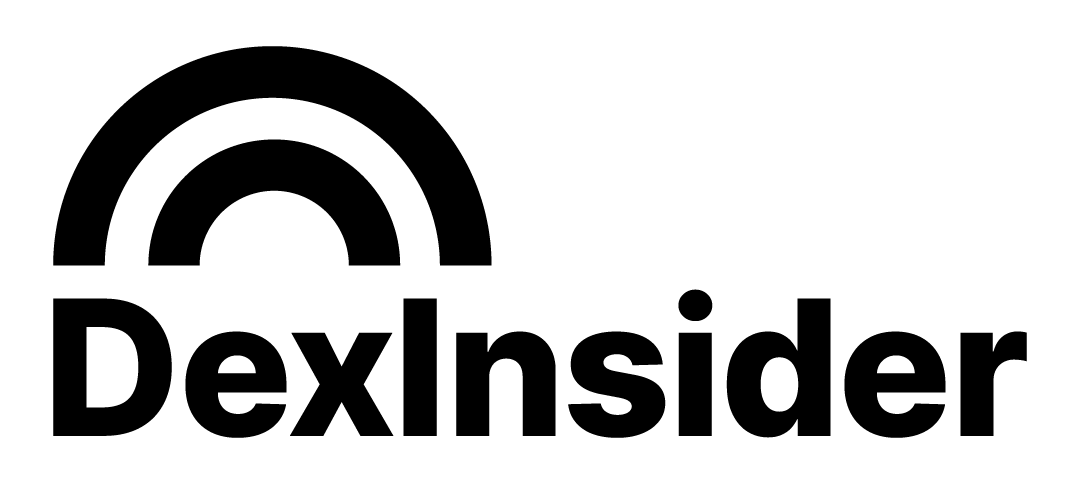PayPal Steps Up Crypto Game, Allows US Merchants To Buy, Sell, And Hold Digital Assets

Payments giant PayPal Holdings Inc. (NASDAQ:PYPL) unveiled its plan to extend cryptocurrency services to U.S. business account holders, with the exception of New York State.
What Happened: As per a press release issued on Tuesday, the latest move would enable U.S. merchants to buy, sell, and hold cryptocurrency directly from their business accounts.
Furthermore, business account holders would be able to send and receive supported cryptocurrency tokens to and from external blockchain addresses.
However, New York State will be excluded from this service at the time of launch, the press release read.
This initiative is part of PayPal’s ongoing strategy to enhance the usefulness of cryptocurrency by making it more readily available to millions of merchants throughout the U.S.
Jose Fernandez da Ponte, Senior Vice President of Paypal’s cryptocurrency arm, said the step was taken in response to growing demands by business owners to access the same services already available to consumers.
Why It Matters: PayPal’s foray into cryptocurrency services is not new. In August last year, the company launched a U.S. dollar-backed stablecoin, PayPal USD (CRYPTO: PYUSD), aimed at bolstering the adoption of digital tokens for transactions.
As of this writing, it was the sixth-largest stablecoin, with a market capitalization exceeding $700 million, according to CoinMarketCap.
The company already allows customers to buy, sell, and hold cryptocurrencies in their online wallets.
Interestingly, earlier this week, Cathie Wood’s investment management firm Ark Invest purchased $4.5 million worth of PayPal shares. This investment came amidst diverse analyst opinions about the company.
Price Action: Shares of PayPal closed 1.25% lower at $77.36 during Wednesday’s regular trading session, although they were up 0.08% in after-hours trading, according to data from Benzinga Pro.
Image Courtesy: PayPal
Read Next:
Disclaimer: This content was partially produced with the help of Benzinga Neuro and was reviewed and published by Benzinga editors.




